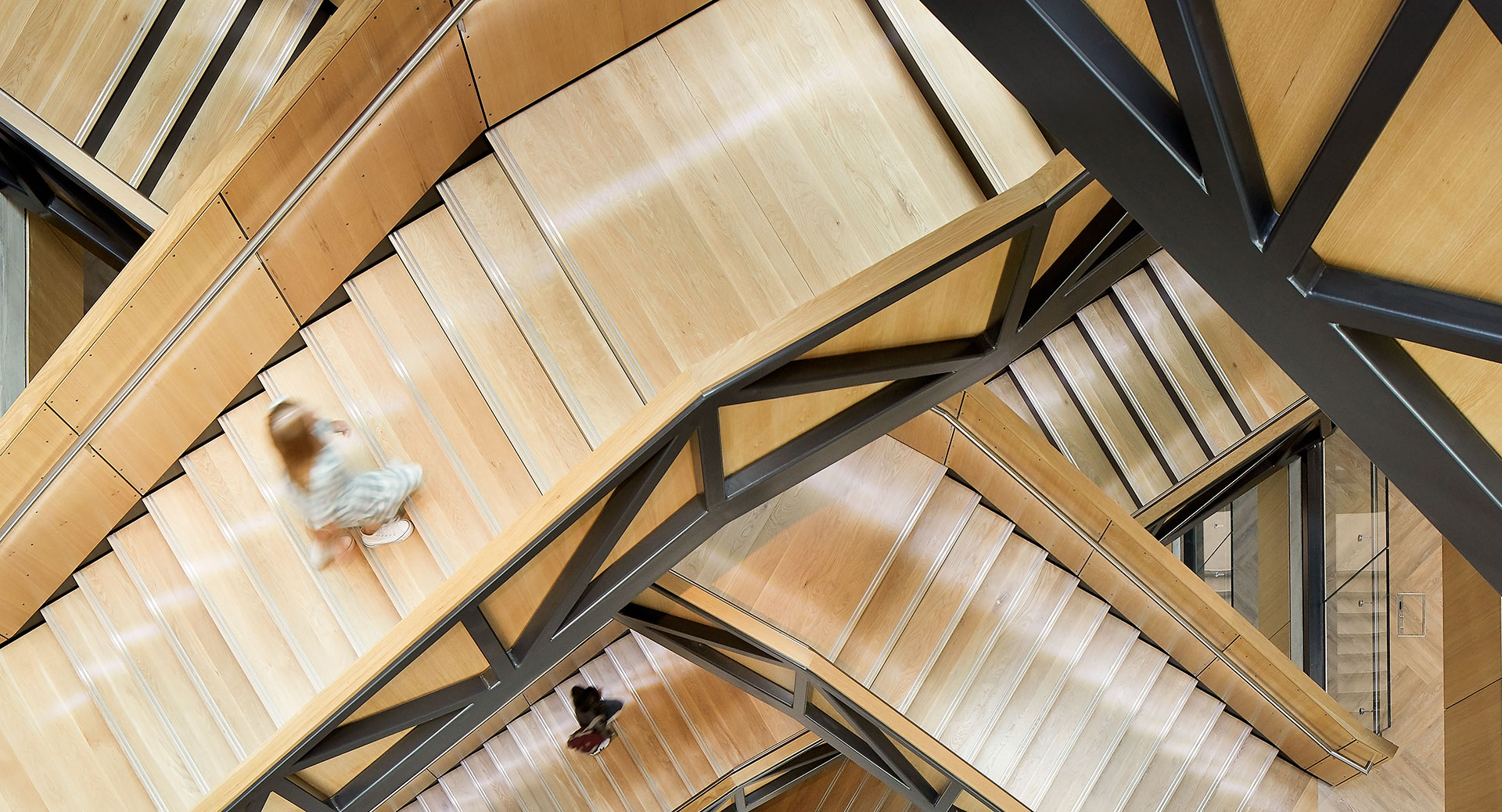As Santander moves its HQ to the city, the hope is that a new building will lure staff back to their desks.
Visitors stepping out of Milton Keynes station cannot avoid noticing the imposing glass building in front of them.
Those who wander inside will find an array of stalls selling “street food”, an auditorium seating 300 and a trendy-looking café. Tucked inside that is, of all things, a branch of Santander.
At first glance, that branch is the only clue to this being the new British headquarters of the Spanish bank — one of the nation’s biggest mortgage lenders. Unity Place, a £150 million complex in the middle of Britain’s most famous new town, officially opened on Tuesday, a year late due to Covid delays. Its vacant stores will soon be filled by an Indian restaurant and a bakery whose leftovers will be used by an in-house microbrewery to make beer. Some of that beer may end up being served at the rooftop bar, opening later this month and providing views over Milton Keynes’s distinctive grid of streets.

Below the building is enough space for 1,000 vehicles — a nod to its former life as a car park — and above are the offices of Santander UK, which have the feel of an upmarket hotel: all green and blue hues. Large communal desks are arranged in “neighbourhoods” — with laptops rather than traditional fixed computer screens — and there are blue-baize pool tables and break-out spaces with trendy high-backed chairs for private video calls.
This could be the office of the future. At least, that is the hope of Mike Regnier, the chief executive of Santander UK, who wants to lure staff back from the comfort of their homes.
As he toured the building with The Sunday Times, Regnier admitted he was clamping down on those who had yet to break out of their Covid-induced work habits. “The expectation I’ve set is that people should be in the office a couple of days a week. Are we seeing that from everybody? No. But I suspect the catalyst of opening this wonderful new building will help bring people back in.”
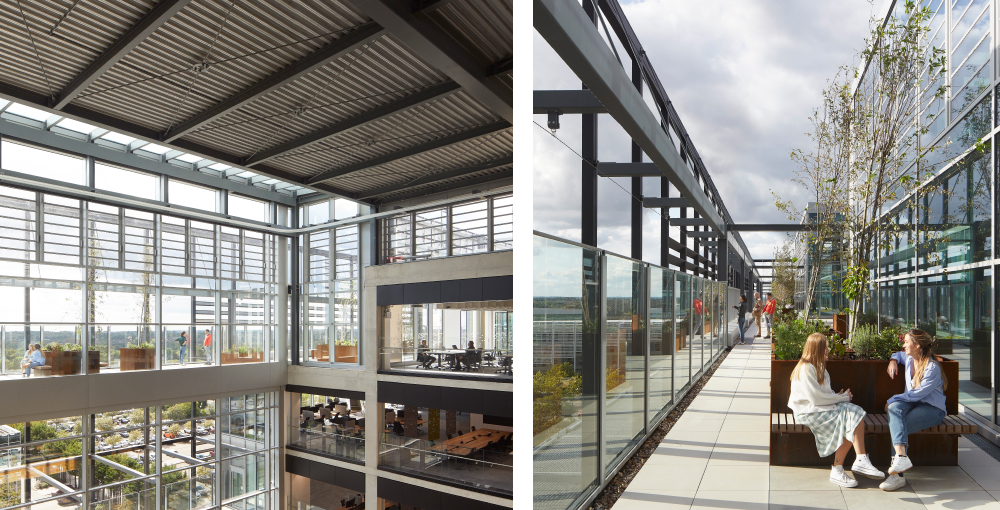
Last week about 600 staff moved from the bank’s former head office in a building just outside London’s Euston Station to Unity Place, a 30-minute train ride from their previous workplace.
Regnier is the latest boss to encourage staff back to offices, albeit in the hybrid pattern of two or three days in an office and the rest at home. HSBC has told its employees it wants to see them in three days a week. Lloyds Banking Group has said at least two. Few have taken the approach of Goldman Sachs, which also has a presence in Milton Keynes, to tell workers to come back five days a week.
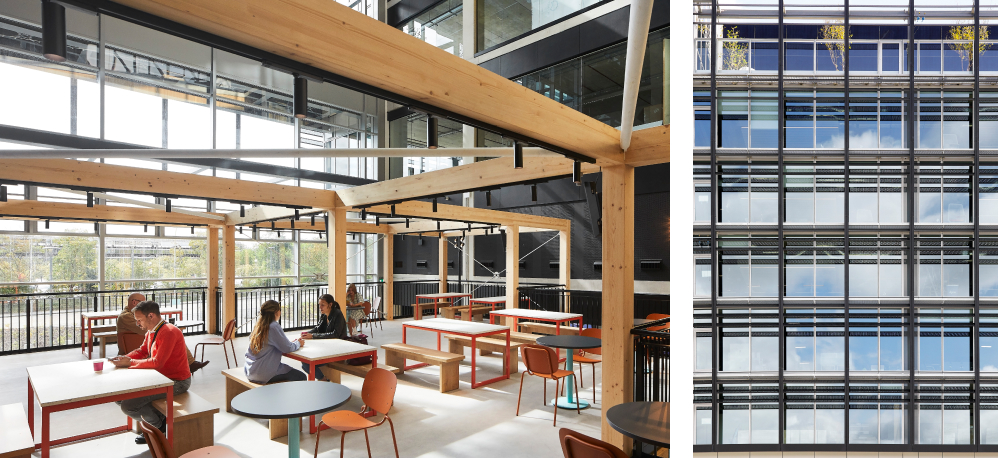
Regnier inherited a project that started in 2019, prior to his arrival at the bank last year. At the time it was expected 6,000 staff would be housed in Milton Keynes; the figure is now expected to be 5,000 at full capacity as corporate bankers and some head office roles are now not moving. Some 135 staff took redundancy rather than make the move, and those who have will get their travel costs subsidised for three years (the full cost, initially, then 60 per cent and later 30 per cent). The cheapest rail return ticket from London is just under £40 a day.
The promise of hybrid working may have helped. “It’s important to say that you’re not coming here five days a week. I think a lot of people have decided that they want to give it a go and see how they get on,” said Regnier.
Milton Keynes — made a city last year — was already a major hub for Santander as a result of its takeover 20 years ago of the former building society Abbey National, based there since the 1980s.
Abbey’s old red-brick office is visible from the glassy new building and staff will start to make the move to the new premises in the coming weeks. About 40 per cent of workers live in the area — so for them, at least, the commute should not be too taxing.
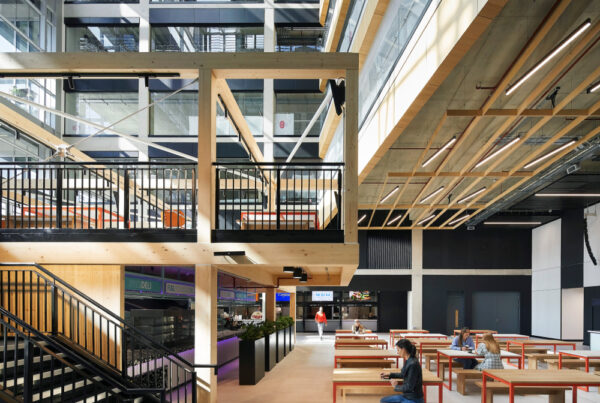
Despite its already large presence, Santander’s decision to move its headquarters is a big win for Milton Keynes, according to Pete Marland, head of the local council. “It’s massively significant having a global brand like Santander base its headquarters here. It’s also symptomatic of the place and where banking needs to go,” said Marland, referring to the city’s determination to be seen as a tech hub, and Santander’s need to keep pace with a changing sector.
Founded in 1967 as a new centre of population for north Buckinghamshire, Milton Keynes does not exactly have a lot of history to draw on — although the modern town abuts Bletchley Park, where the Second World War codebreakers and their pioneering computers were based.
The city is equidistant from London, Birmingham, Leicester, Oxford and Cambridge — the so-called tech “arc” — with transport links from the M1. To many people it may still be best known for its American-style grid system, with 11 roads north to south and 10 east to west, broken up not by traffic lights but by roundabouts (130 according to some counts), intended to keep the traffic flowing. This makes it an ideal testbed for robots — which now deliver food here — and trials of autonomous vehicles and electric scooters.
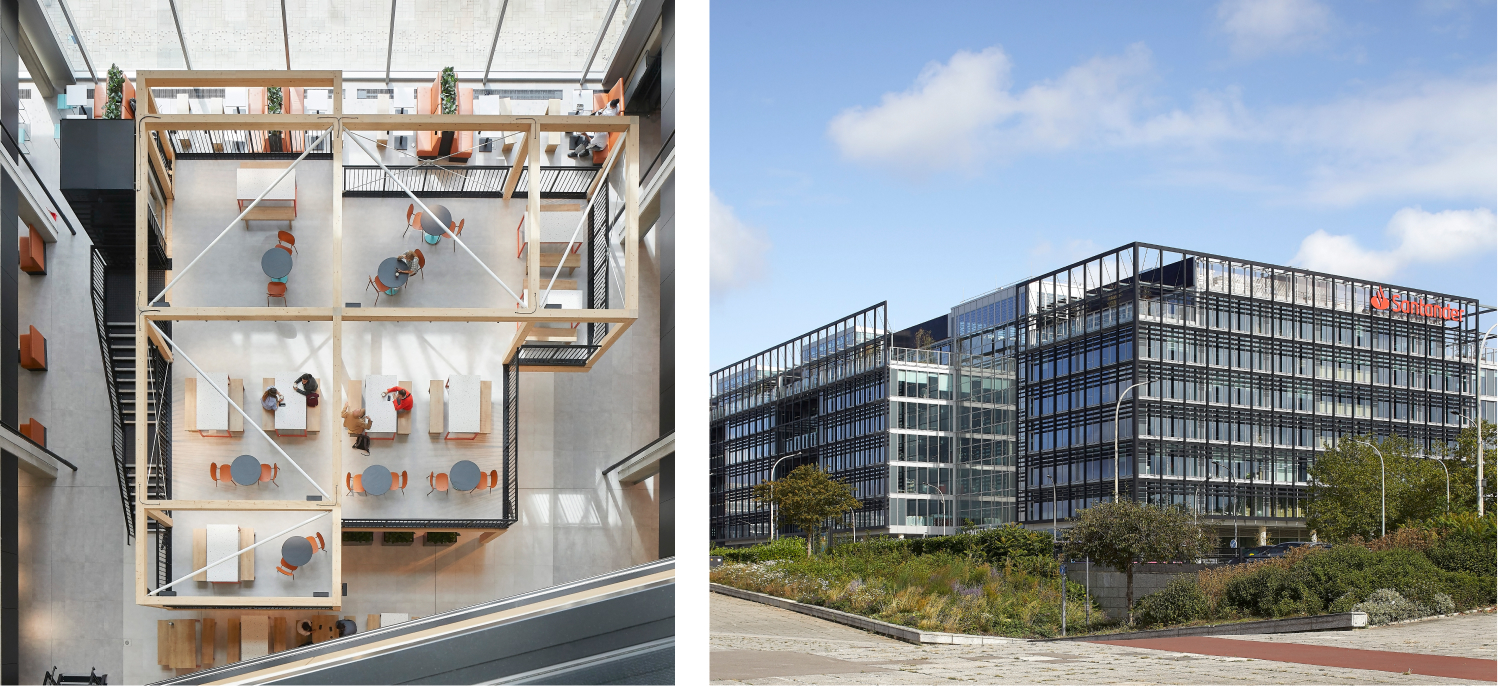
Milton Keynes is already the home of the Formula One Oracle Red Bull Racing team; the European headquarters of Epicor, maker of WD-40 lubricants; Marshall Amplification, providing the sound system for musicians around the globe; and is a huge hub for Network Rail, whose staff were wandering over to the new Santander headquarters last week to sample the food court.
According to the urban policy research unit Centre for Cities, Milton Keynes’s population growth between 2011-21 of 15.3 per cent was almost three times the British average of 5.9 per cent, putting it behind only Cambridge and Peterborough. It is fifth in the ranking for the number of businesses by head of population, and third when measured against “new economy” jobs such as financial technology and advanced engineering.
Yet the city received £23 million from Boris Johnson’s “levelling up” fund in 2021 to rejuvenate Bletchley. Marland, a Labour councillor, admitted that the city’s two marginal seats may have helped win the cash. But, he said, despite its new town roots, Milton Keynes had its share of deprivation. “It’s not the long-standing, traditional deprivation found in post-industrial cities, where there was always a population that worked on the docks, for instance,” he said. “[Yet] inequalities have developed in a new town as they would anywhere else.”
Despite punching above its weight in Westminster, Milton Keynes has not had things all its own way. Earlier this year, the city’s push to have its own university stalled. The aim was to focus on digital skills and gain a reputation like MIT, the Massachusetts Institute of Technology, based at a new campus university, separate to the nearby Open University. However, the government refused to grant the funding to massively expand MK:U, scuppering dreams of attracting up to 10,000 students to the city.
Instead, Professor Lynette Ryals, who runs MK:U, a joint project between the city council and nearby Cranfield University, has created 400 degree-style apprenticeships. “Milton Keynes is the largest urban area in the country without any residential students,” said Ryals, who is concerned that a skills gap will develop in the fast-growing city. She hopes to get full-time students in the coming years.
Santander is providing space for MK:U in its new building and using the university’s expertise to train its own staff. About 20 per cent of the 400 apprentices at MK:U this year are from Santander.
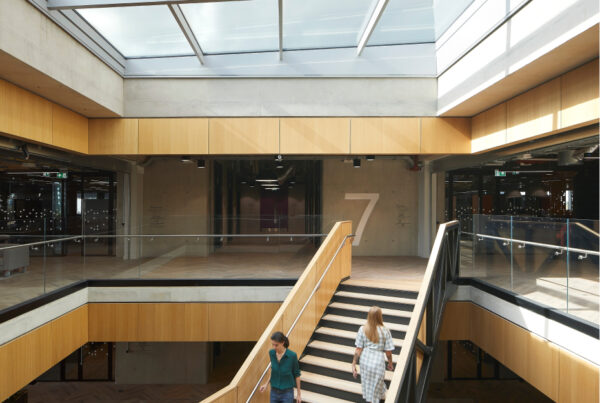
For Regnier, this is another reason to be upbeat about Milton Keynes: a chance to collar some of the bright minds of the future. Banking is undergoing seismic technological change and branches are closing, which has forced Santander to rethink the way people are employed. Just before Regnier took over last year, the bank shut 111 branches, a fifth of its network, at the cost of 600 jobs, as well as closing offices in its traditional hubs in Bootle and Newcastle; some employees were redeployed.
Regnier, who has lived in Yorkshire for 20 years, was clear that his contract states his primary workplace is Milton Keynes, and others who are supposed to work from the office should do so.
“Just because you’ve got a dog or whatever, [you may think] that means you can’t come into work any more. I’m sorry, but you need to come in,” he said. With Unity Place’s fancy new food court and other attractions, his staff should find that pill is a little easier to swallow.
Note: this article was initially published in The Times by Jill Treanor
Any further questions?
If you have any further questions about Nick or this article, please contact us.
